Bhutan in 4 Days: A Himalayan Adventure That Fits Your Schedule
Imagine waking up to the sound of monks chanting, surrounded by misty mountains where time moves differently. Our carefully crafted 4-day Bhutan tour packs a lifetime of memories into one long weekend, proving you don't need weeks to experience this mystical kingdom's soul. From the heart-stopping flight into Paro Valley (where the pilot navigates mountain passes like a Himalayan eagle) to your first taste of spicy ema datshi in a traditional farmhouse, every moment feels lifted from a storybook.
The magic happens when we ditch the typical tourist route for authentic encounters - like learning archery from locals in Thimphu (where the national sport involves as much laughter as skill) or hiking to Tiger's Nest Monastery at dawn, when the morning light sets the golden roofs on fire. You'll sleep in charming boutique hotels where the wifi works but the mountain views distract you, and wake each day to new adventures rather than long bus rides.
What makes this itinerary special isn't just what we include - it's what we've trimmed away. No wasted hours at souvenir shops, no cookie-cutter meals, just pure Bhutanese magic condensed into 96 unforgettable hours. The $200 daily tourism fee? We make sure every dollar goes toward real experiences - whether that's a private blessing ceremony at a 17th-century dzong or a home-cooked meal with a local family in Paro Valley.
Come for the legendary Tiger's Nest hike, stay for the moments you can't plan - like hearing monks debate philosophy over butter tea, or realizing those prayer flags you photographed actually carry centuries of tradition on the Himalayan wind. Just don't be surprised when four days feels like four weeks worth of transformation - Bhutan has a way of stretching time while stealing hearts.
Let me tell you about the journey that changed how I see travel forever - four days in Bhutan that felt like stepping into a living storybook. From the heart-pounding moment your plane dodges Himalayan peaks to land in Paro Valley, to that final cup of butter tea at departure, every second pulses with the rhythm of this mystical kingdom. You'll find yourself rubbing sleep from your eyes at dawn to hike through mist-wrapped pine forests, your boots crunching on frost as you climb toward Tiger's Nest Monastery. The air up there at 3,120m tastes different - thin and clean, carrying the scent of burning juniper from morning prayers. Down in Thimphu, monks in crimson robes scroll smartphones outside fortress-like dzongs, while locals challenge you to archery matches where every shot comes with roaring laughter and another shot of ara (local wine). At Dochula Pass, where 108 whitewashed chortens stand guard at 3,100m, you'll suddenly understand why they call this place the Last Shangri-La - the entire Himalayan range spreads before you like a frozen wave, prayer flags snapping in the wind like a thousand colorful tongues telling ancient secrets.
What nobody warns you about is how Bhutan gets under your skin. It's not just the postcard-perfect scenery - it's the farmhouse kitchen where a grandmother teaches you to roll momo dumplings while her grandchildren giggle at your clumsy fingers. It's the unexpected warmth of chili-cheese stew after a chilly mountain hike. It's the way complete strangers invite you to share tea, then ask thoughtful questions about your homeland. We've packed all these moments into four perfect days - no rushed sightseeing, just authentic encounters that reveal Bhutan's soul. You'll sleep in cozy boutique hotels where the showers are hot and the mountain views are better, with time each evening to journal about the day's wonders. It buys experiences money can't usually purchase - private blessings at cliffside temples, meals with local families, and the services of guides who know every hidden viewpoint and backroad shortcut. By the time you board your flight home, your camera will be full but your heart fuller - and you'll already be planning how to return to this Himalayan kingdom where happiness isn't just a concept, but a way of life.
Bhutan’s Living Tapestry: Nature’s Masterpiece Along the Trail
Let me paint you a picture of Bhutan’s wild heart – where every turn reveals nature showing off. This isn’t just sightseeing; it’s a 4-day immersion in one of Earth’s last biodiverse wonderlands, where blue pines whisper ancient secrets and rare animals peek from misty forests.
From the moment you land in Paro Valley (2,250m), the symphony begins:
- Blue pine forests so fragrant you’ll want to bottle the scent
- Himalayan cypress trees draped with Old Man’s Beard lichen
- Wildflower meadows exploding with poppies, edelweiss, and Bhutan’s national flower – the blue poppy (if you’re lucky in spring)
As you climb toward Tiger’s Nest (3,120m), the ecosystem shifts:
- Juniper groves where monks harvest sacred branches for incense
- Fluttering prayer flags that double as nature’s birdhouses
- Himalayan monal pheasants – rainbow-feathered show-offs darting across the trail
Thimphu’s hidden wildlife surprises:
- Gray langur monkeys performing acrobatics in pine canopies
- Blood pheasants (the shy, red-breasted locals of Dochula Pass)
- Black-necked cranes in winter – revered Bhutanese spirits on wings
Secret nature moments you’ll cherish:
- Dawn at Dochula Pass when fog transforms fir trees into ghostly sculptures
- The medicinal chilimey plant locals use for altitude sickness
- That first sighting of Tiger’ Nest’s golden roofs glowing through morning mist
Bhutan’s Golden Triangle: A Route Through Mountains & Magic
This carefully crafted journey weaves together Bhutan’s most iconic destinations into one seamless adventure, blending spiritual wonders with breathtaking landscapes. From the moment your plane descends into Paro Valley (2,250m) – where emerald rice fields glow against whitewashed farmhouses – to your final prayer flag farewell, every kilometer reveals new layers of Himalayan wonder.
Paro to Thimphu: The Dragon’s Backbone Road
The adventure begins along Bhutan’s winding "lateral road", a 50km mountain-hugging route following the Pa Chhu River through:
- Tachog Lhakhang’s ancient iron bridge – built by the legendary iron-bridge-maker Thangtong Gyalpo
- Chuzom confluence where rivers merge like dancing dragons
- Simtokha Dzong – Bhutan’s oldest fortress guarding the Thimphu valley entrance
As you climb to Thimphu (2,320m), watch for:
- Prayer wheel stations spun by passing locals
- Archery ranges where traditional bamboo bows still compete
- Apple orchards spilling their harvest onto roadside stalls
Thimphu’s Living Culture
Bhutan’s quirky capital offers surreal contrasts:
- Buddha Dordenma – A 169ft golden Buddha watching over the valley
- Centenary Farmers Market – Where chili piles glow like rubies
- Tashichho Dzong – The glittering fortress-monastery housing the throne room
Return to Paro: Valley of Hidden Wonders
The journey back descends through:
- Tamchog Monastery – Accessible only by a thrilling suspension bridge
- Rinpung Dzong – Paro’s fortress of heaped jewels where monks still debate philosophy
Tiger’s Nest: The Crown Jewel
The piece of resistance – a 5-hour return hike through:
- Blue pine forests alive with birdsong
- Waterfall viewpoints framing the monastery perfectly
- 800 stone steps leading to the cliffside sanctuary
Bhutan's Greatest Hits: 10 Unforgettable Moments on Your Himalayan Adventure
Let’s be honest – most Bhutan tours promise magic but deliver crowded viewpoints and rushed experiences. This carefully curated 4-day journey is different. We’ve stripped away the fluff to focus on soul-stirring encounters and breathtaking landscapes that’ll leave you breathless (and not just from the altitude). Here are the moments that’ll tattoo themselves onto your memory:
- Tiger’s Nest Monastery at 3,120m – That heart-pounding climb through blue pine forests to Bhutan’s most iconic cliffside sanctuary, where golden roofs glow against sheer rock faces
- Thimphu’s Giant Golden Buddha – Standing beneath the 169ft Buddha Dordenma as sunlight sets the statue ablaze, with panoramic valley views stretching forever
- Dochula Pass’s 108 Chortens – Walking among the whitewashed stupas at 3,100m while the entire Himalayan range unfolds before you like a frozen wave
- Paro’s Hidden Farmhouse Feast – Learning to fold ema datshi (chili cheese stew) from a grandmother in her 300-year-old kitchen, the air thick with woodsmoke and laughter
- Thimphu’s Archery Match – Cheering locals as they shoot bamboo arrows 140m downrange, then trying (and failing) to replicate their technique
- Rinpung Dzong’s Golden Hour – Watching sunset turn Paro’s fortress-monastery into a glowing honeycomb of prayer halls and administrative offices
- The Iron Bridge to Tamchog – Crossing the swaying, prayer-flag-draped suspension bridge to a monastery built by Bhutan’s legendary iron-bridge saint
- Morning Prayers at a Hidden Gompa – Sitting cross-legged as monks chant ancient mantras, their deep horns vibrating in your chest
- Chuzom’s Confluence Ceremony – Participating in a riverside blessing where two Himalayan rivers marry beneath fluttering prayer flags
- Your Last Bhutanese Breakfast – Sipping butter tea on a Paro hotel terrace, watching clouds dance around the valley’s peaks as you plot your return
The Best Time to Visit Bhutan: A Season-by-Season Guide
Hey there! If you're reading this, you're probably dreaming about Bhutan - those majestic mountains, ancient monasteries, and vibrant festivals. We've been lucky enough to experience Bhutan in every season, and let me tell you, each one has its own special magic.
Let's break it down so you can pick the perfect time for your adventure. No fluff, just real talk from someone who's trekked those trails and sipped one too many cups of butter tea.
Spring (March-May): When Bhutan Puts on Its Party Dress
Remember that feeling when you were a kid and saw the first flowers after winter? That's Bhutan in spring. I was there last April, and let me tell you - the rhododendrons? Absolutely unreal. Whole mountainsides turn pink and red.
What You'll Love:
- Days are Goldilocks-perfect - not too hot, not too cold (around 15-20°C)
- The Paro Tsechu festival is like nothing you've ever seen - monks in incredible costumes doing dances that haven't changed in centuries
- Perfect for photography - crisp air means those mountain views are crystal clear
What to Watch For:
- Book your hotels early - this is prime time for visitors
- Mornings can still be chilly - layer up!
- Perfect for: Nature lovers, photographers, and anyone who wants to see Bhutan at its most colorful
Summer (June-August): The Secret Season
Okay, I know what you're thinking - "monsoon season? No thanks." But hear me out. Last July, I had Tiger's Nest practically to myself. Sure, it rained in the afternoons, but the mornings? Pure magic.
Unexpected Perks:
- Everything's so green it almost hurts your eyes
- No crowds at all - you'll feel like you have Bhutan to yourself
- Prices are lower - more money for souvenirs!
Reality Check:
- Pack a good rain jacket (trust me on this one)
- Flights can get delayed if the clouds roll in
- Ideal for: Budget travelers who don't mind a little rain, or anyone who hates crowds
Autumn (September-November): When Bhutan Shows Off
If Bhutan had a "peak season," this would be it. We did the Druk Path Trek last October and... wow. Just wow. The skies were so blue it didn't look real.
Why Everyone Loves Autumn:
- Best trekking conditions - trails are dry and temps are perfect
- The Thimphu Tshechu festival is an experience you'll never forget
- Rice fields turn golden - your Instagram will thank you
Things They Don't Tell You:
- Book everything months in advance - I'm not kidding
- Mornings are crisp (perfect for hiking), but nights get chilly
- Best for: First-timers, serious trekkers, and festival junkies
Winter (December-February): Bhutan's Quiet Season
My winter trip to Bhutan was... different. In the best way. Picture this: Sitting in a cozy lodge, snow falling outside, steam rising from your butter tea. No crowds, just peace.
Winter Wonders:
- See the rare black-necked cranes in Phobjikha Valley
- Snow dusts the monasteries - absolutely magical
- Experience Losar (Bhutanese New Year) like a local
Cold Hard Truths:
- Some high passes close due to snow
- Nights get COLD - bring your warmest layers
- Great for: Photographers, culture lovers, and anyone who wants to see Bhutan without the crowds
So When Should You Go?
Here's the real talk:
- Want perfect weather and don't mind crowds? Autumn
- Love flowers and festivals? Spring
- On a budget and okay with some rain? Summer
- Want a unique, quiet experience? Winter
Final Thought:
Whenever you go, Bhutan will change you. The mountains, the people, the quiet moments watching prayer flags flutter - it all stays with you.
Now, when are you booking your ticket?
Eating and Sleeping Your Way Through Bhutan: A Real Talk Guide
Let's be honest - after a day of trekking to Tiger's Nest or exploring ancient dzongs, you'll care about two things: where you're sleeping and what you're eating. Having done this journey multiple times, here's the unfiltered truth about Bhutan's food and accommodation scene.
Where You'll Stay: From Cozy Farmhouses to Luxury Lodges
Bhutan's accommodation game is surprisingly diverse. Unlike Nepal's teahouse treks, here you get proper hotels - though "luxury" means different things at different altitudes.
1. City Stays (Thimphu, Paro, Punakha)
- What You Get: Proper 3-4 star hotels with hot showers, WiFi (spotty but exists), and comfy beds
- Reality Check: Don't expect Marriott-level luxury, but the Taj Tashi in Thimphu? Now that's fancy
- My Favorite: A heritage farmhouse stay in Paro Valley - wooden floors, traditional bukhari (wood stove) heating, and the best momo-making grandma you'll ever meet
2. Mountain Lodges (Trekking Routes)
- Druk Path Trek Standard: Basic but clean rooms, shared bathrooms, and thick blankets (you'll need them at 3,800m)
- Luxury Option: The Six Senses lodges - where your hot stone bath comes with mountain views
- Pro Tip: At higher altitudes, ask for extra blankets before bedtime. I learned this the hard way at Jangothang.
3. Homestays (Best Cultural Experience)
- Why Do It: Ever woken up to the sound of prayer flags and a farmer milking dzos (yak-cows)? Magical
- What to Expect: Toilets might be squat style, but the authenticity is worth it
- Don't Miss: The arra (local whiskey) nightcaps with your host family
What You'll Eat: Chili Cheese and So Much More
Bhutanese food will surprise you. It's not just ema datshi (chili cheese stew) - though that's everywhere. Here's the real breakdown:
Breakfast of Champions
- Traditional: Suja (butter tea) with zow (puffed rice) - acquired taste alert!
- Western Option: Most hotels do decent pancakes and eggs
- My Go-To: Buckwheat pancakes with local honey at Bumthang bakeries
Lunch/Dinner Staples
Must-Try Dishes:
- Ema Datshi: The national dish (think spicy chili gratin)
- Shakam Paa: Dried beef with radish - trekker's protein boost
- Momos: Dumplings that put your local Nepali joint to shame
Altitude Adjustments:
- Above 3,000m? Dal bhat (lentil curry with rice) is your safest bet
- Pro Tip: The red rice is easier to digest at high elevations
For Picky Eaters:
- Most hotels can do pasta or fried rice
- Pack some protein bars if you're worried - Thimphu has a few decent supermarkets
Street Food Finds
- Hoentay (buckwheat dumplings) in Paro's weekend market
- Sikam (dried pork) - the Bhutanese version of jerky
- Zow (puffed rice) with ezay (chili paste) - the local "chips and dip"
Hygiene & Comfort: Keeping It Real
Food Safety
- Golden Rule: Stick to hot, cooked foods in mountain areas
- Vegetarians: You'll eat well - just specify "no meat" (many dishes use beef stock)
- Water: Always bottled or boiled (most hotels provide thermoses)
Bathroom Situations
- Cities: Modern flush toilets
- Homestays/Treks: Mix of Western and squat toilets - pack TP just in case
- Showers: Hot water isn't always guaranteed - time yours after the solar heaters have worked all day
Money-Saving Tips From a Bhutan Travel
- Skip imported alcohol - local ara and Red Panda beer are cheaper and tastier
- Lunch at local cafes saves $$ over hotel restaurants
- Bargain at craft markets - but don't be that tourist haggling over $1
Final Word: You Won't Go Hungry (or Cold)
Yes, Bhutan's accommodation isn't five-star luxury (except when it is). And no, you probably won't find a proper cappuccino above Paro. But what you do get?
- Waking up to prayer flags fluttering outside your window
- Homemade butter tea from a smiling farmhouse host
- The best chili-cheese dishes you'll ever taste
- That's the real Bhutan experience - and trust me, you'll miss it when you're back home.
Bhutan Travel Permits & Fees: The Guide
Let's cut through the confusion – Bhutan's permit system is nothing like Nepal's. No TIMS cards, no last-minute Kathmandu office runs. But there are rules, and getting it wrong can ruin your trip. Here's exactly what you need to know, straight from someone who's navigated this process multiple times.
The 3 Must-Have Documents for Bhutan
1. Bhutan Visa (The Golden Ticket)
- Cost: Included in your daily package fee ($100-$250/day depending on season)
How to Get It:
- Your tour operator applies for you (independent travel isn't allowed)
- Requires clear passport scan (6+ months validity)
- Takes *5-7 business days* to process
(Pro Tip: Some nationalities (Indian, Bangladeshi, Maldivian) have different rules – check the Bhutanese Ministry of Foreign Affairs site)
2. SDF (Sustainable Development Fee)
- 2025 Cost: $100 USD per night (reduced from $200 in 2023)
What It Covers:
- Infrastructure maintenance
- Free healthcare/education for Bhutanese citizens
- Environmental protection (this is why Bhutan stays pristine)
- Key Detail: Already included in your daily package rate – you won't pay this separately
3. Special Area Permits (For Off-the-Beaten-Path Travel)
Need to visit Bumthang, Haa Valley, or Eastern Bhutan? You'll need these:
- Where to Get: Your guide arranges at immigration checkpoints
- Cost: Free, but requires:
- Copy of your visa
- Passport-sized photos (bring 2 extras)
- Guide must accompany you at all times
The Bhutan Travel Rulebook (What Nobody Tells You)
- No Solo Travel Allowed
- You must book through a licensed Bhutanese operator
- Even "independent" travelers get assigned a guide/driver
Restricted Areas
- Some dzongs/monasteries ban photography
- The Dochula Pass army camp? Don't even think about snapping pics
Permit Timeline: When to Do What
2-3 Months Before:
- Choose your operator (I recommend Bhutan Swallowtail or Druk Asia)
- Send passport copies
1 Month Before:
- Pay 50% deposit
- Receive visa approval letter (needed for flights)
At Arrival (Paro Airport):
- Present printed visa approval
- Get actual visa stamped in passport
Real Talk: Common Permit Mistakes
- Assuming You Can Wing It
No "visa on arrival" for most nationalities
Your airline will check visa approval before boarding - Skipping Printed Copies
Phone screenshots won't cut it at checkpoints
Print 2 sets: one for you, one for your guide
Overlooking Regional Rules
Indian tourists need:
- Passport OR Voter ID
- Special permit from border towns like Phuentsholing
Why This System Works (Seriously)
After trekking in Nepal and India, I appreciate Bhutan's controls:
- No overcrowded trails
- Immaculately maintained sites
- Tourism dollars actually help locals
Looking to discover Bhutan on foot? Embark on our Bhutan Druk Path Trek , a short but scenic Himalayan journey that links historic monasteries with beautiful alpine lakes.
🧭 Alternative Tours & Packages
- Bhutan’s Royal Heritage Tour – 7-Day Luxury Himalayan Journey
A premium exploration of Bhutan’s timeless culture and stunning mountain landscapes. This tour features visits to ancient dzongs, peaceful monasteries, and charming valleys, all while enjoying high-end accommodations and personalized service.
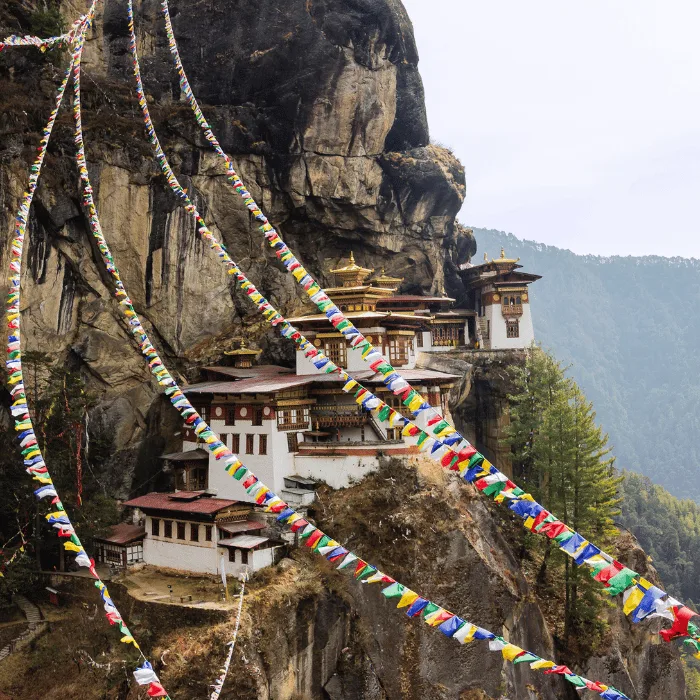
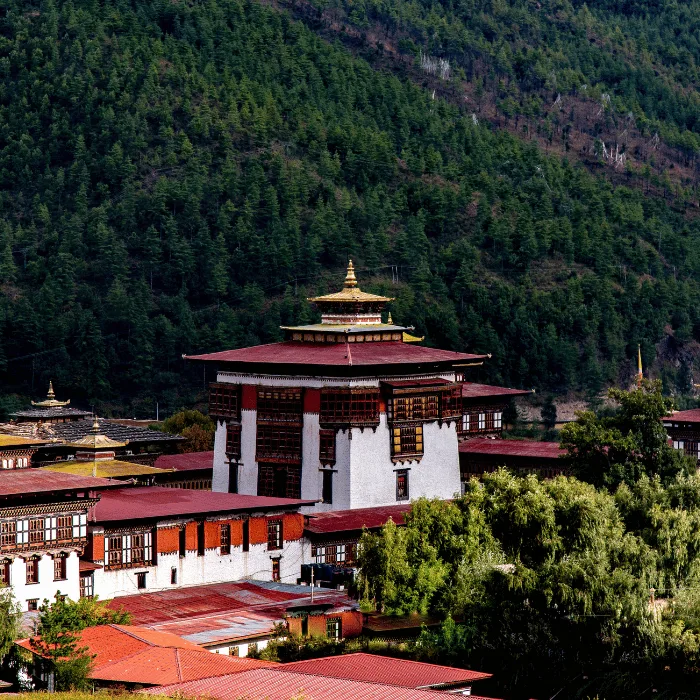
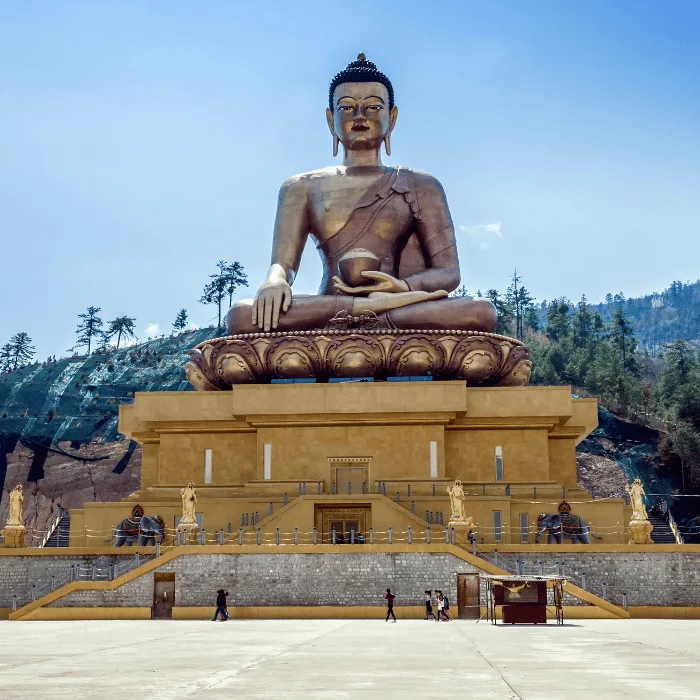
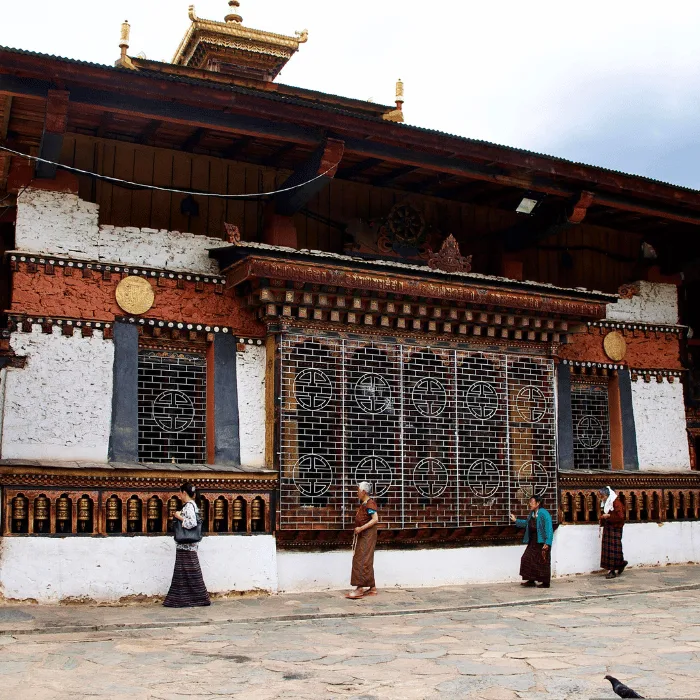


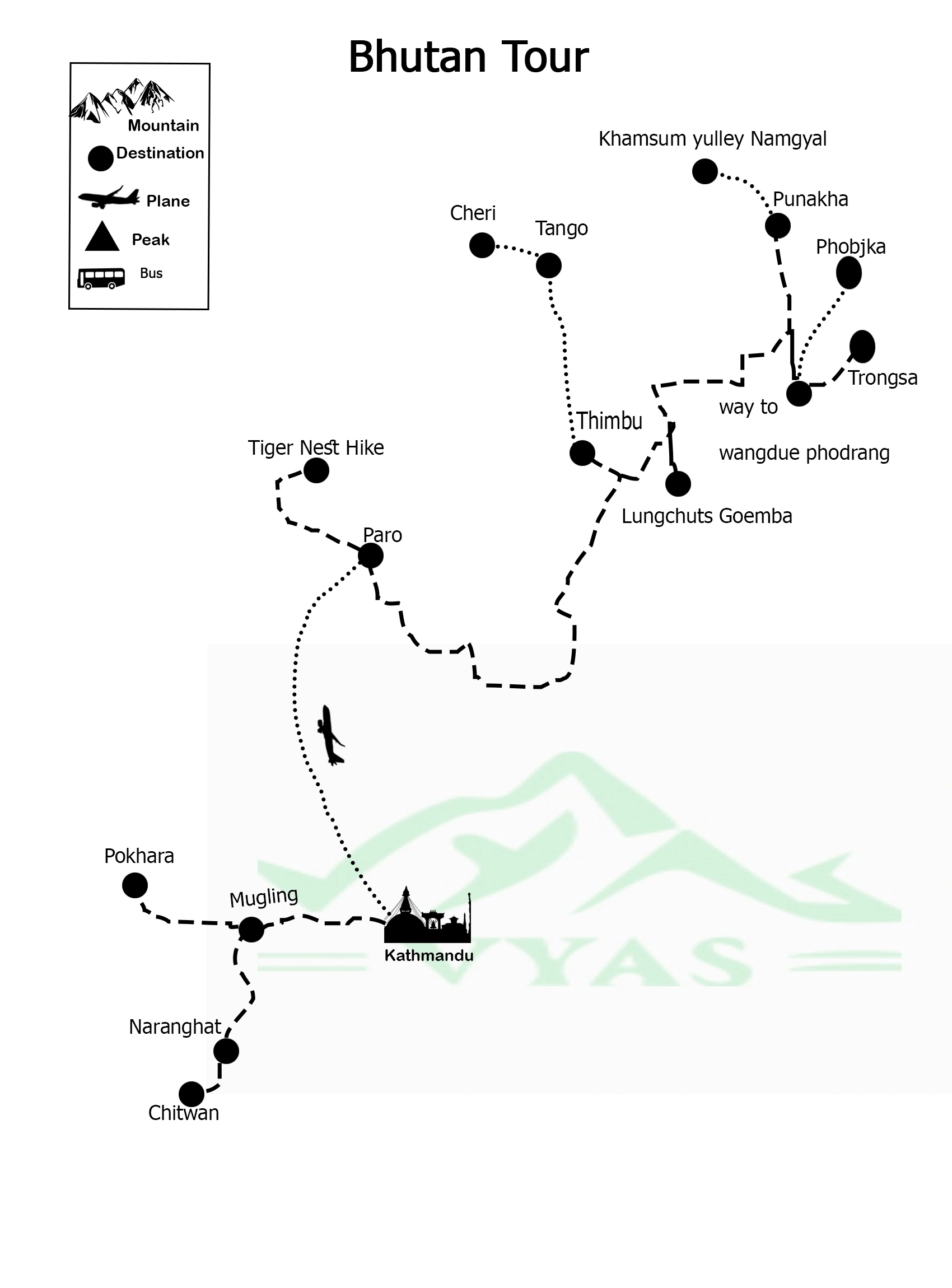


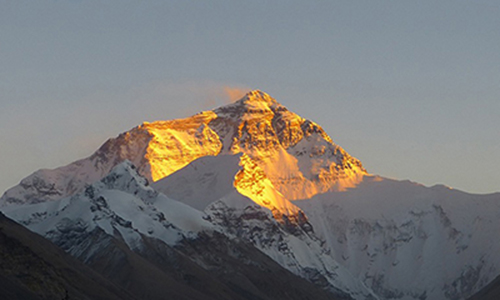
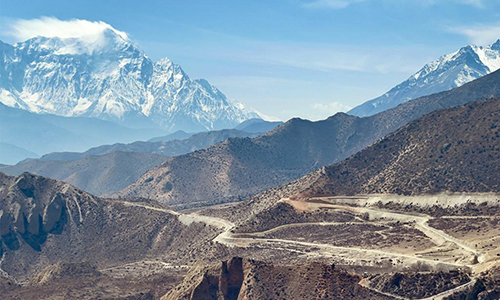
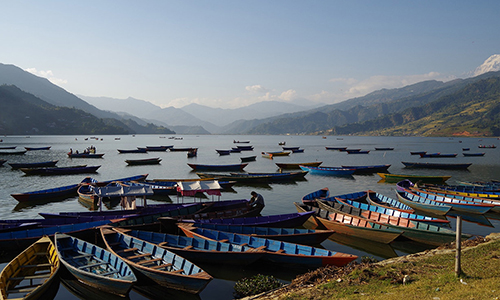
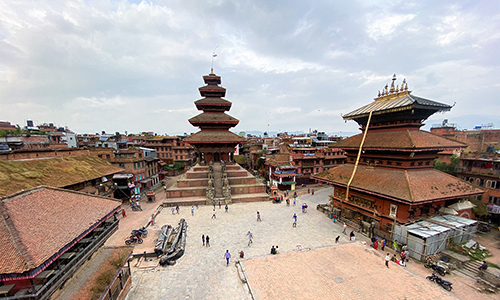
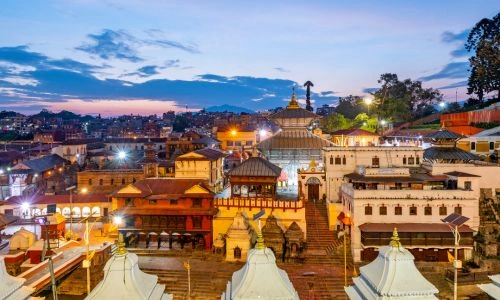
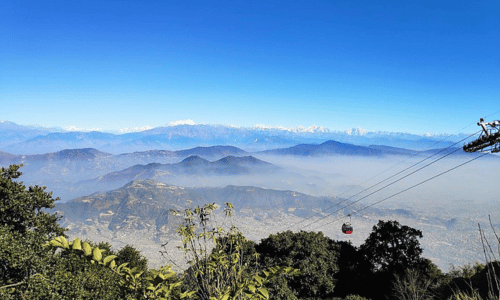
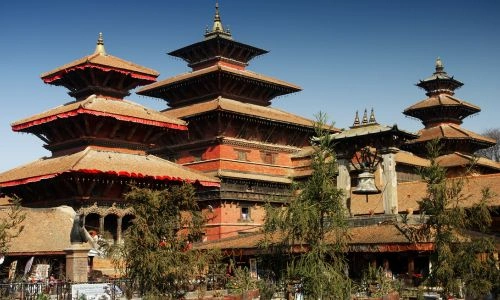
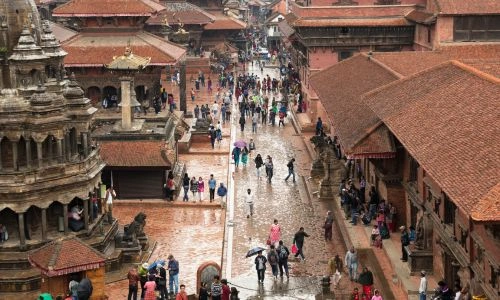

Clara Meunier
2025-06-16 15:13:35
Bhutan exceeded all my expectations — serene, scenic, and so welcoming! The itinerary curated by Vyas Trek Nepal was well-balanced and insightful. Visiting Tiger’s Nest Monastery and experiencing Bhutanese culture firsthand was unforgettable. A smooth and enriching tour I would recommend to every curious traveler!